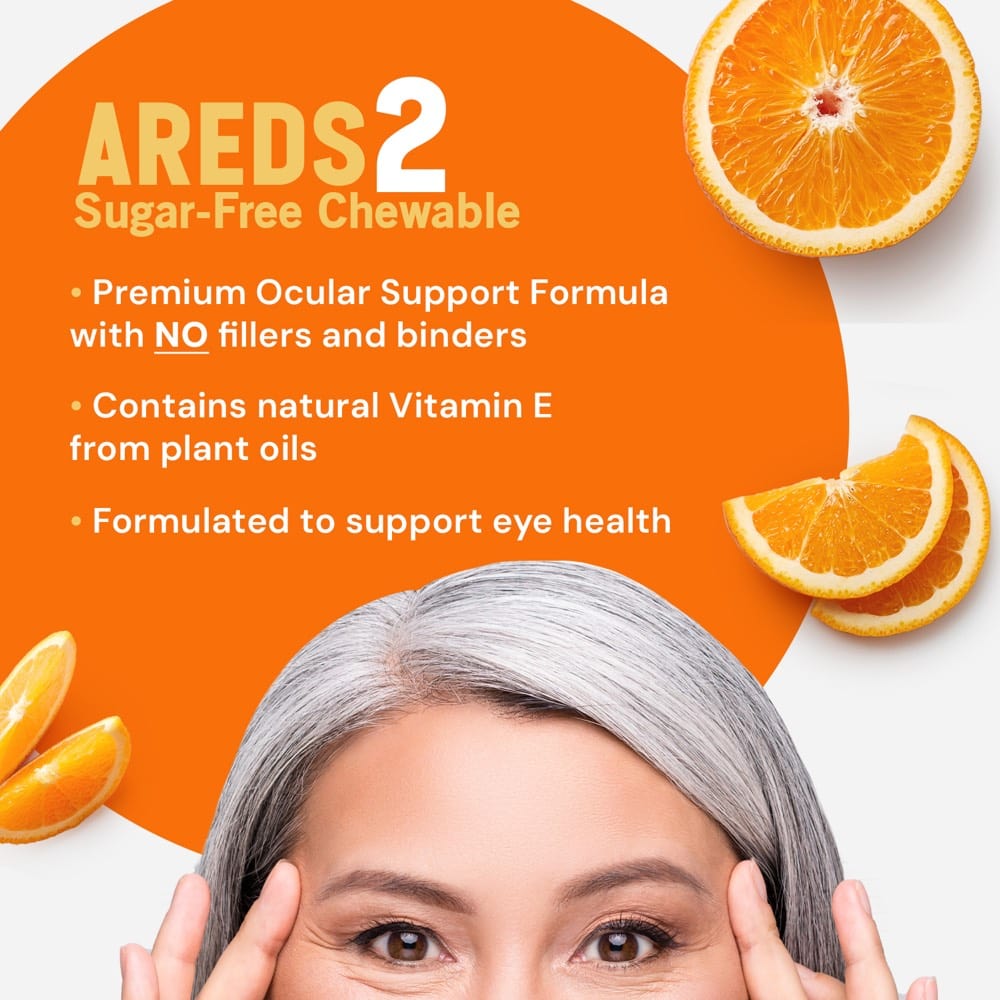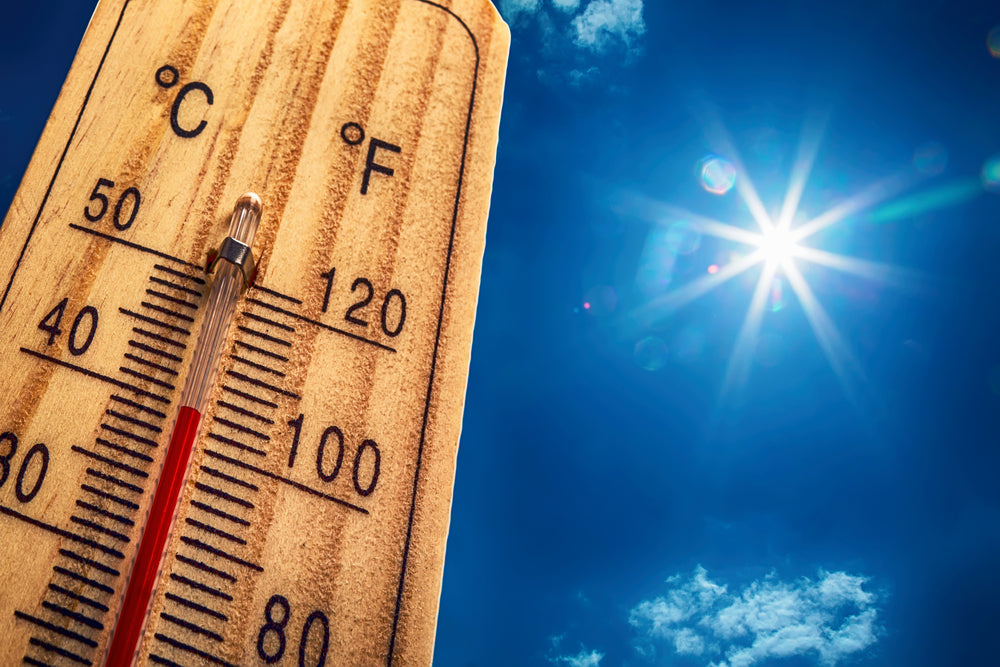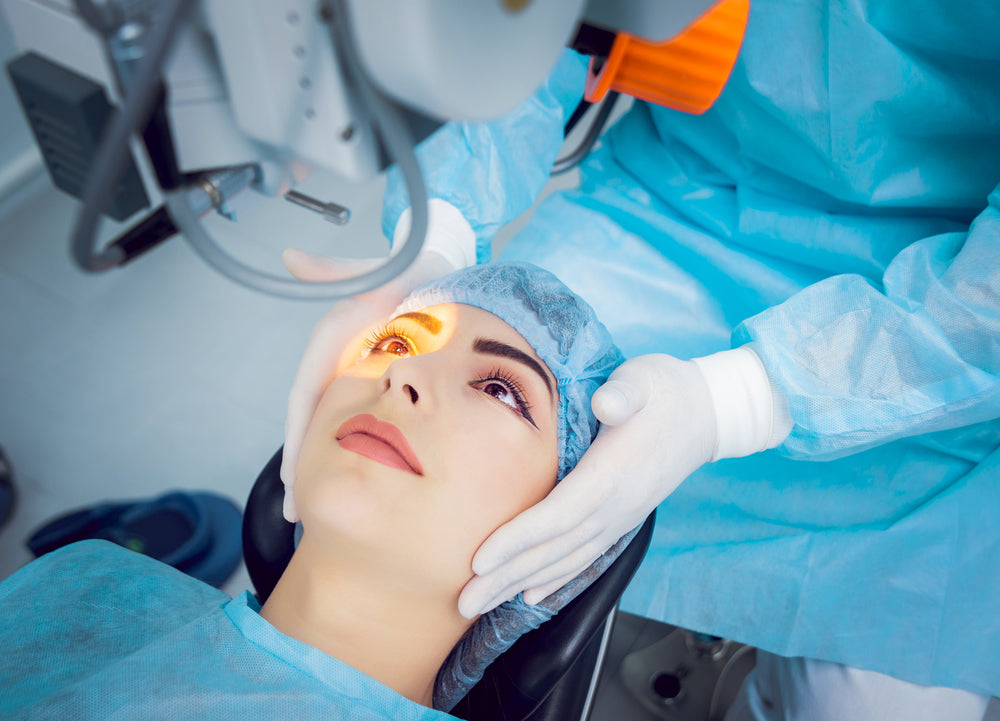There are varying degrees of heat illnesses. Heat cramps are the least severe and are typically brought on by dehydration. Headaches can also be one of the first signs of dehydration. Hydration and getting out of the sun typically help to resolve heat cramps and headaches.

Heat exhaustion is the next level of heat related illness and is more severed. It can affect people suddenly and people may not be aware that symptoms have started. Symptoms can include a rapid heartbeat, fast, shallow breathing and slightly elevated body temperature. If symptoms don't improve within a hour of rehydrating and seeking a cooler area, then medical attention should be sought.
Heat stroke is a medical emergency. Typically, people affected by heat stroke have passed out or had a seizure and have a very high core body temperature. Their skin can be either hot and dry or they be sweating profusely. A rapid heart and breathing rate along with a pounding headache are also symptoms that accompany heat stroke.
Whether working or playing in the summer sun, it's important to stay well-hydrated and to be aware of the signals your body is giving you that indicate you are getting overheated. Stay safe and be smart!














